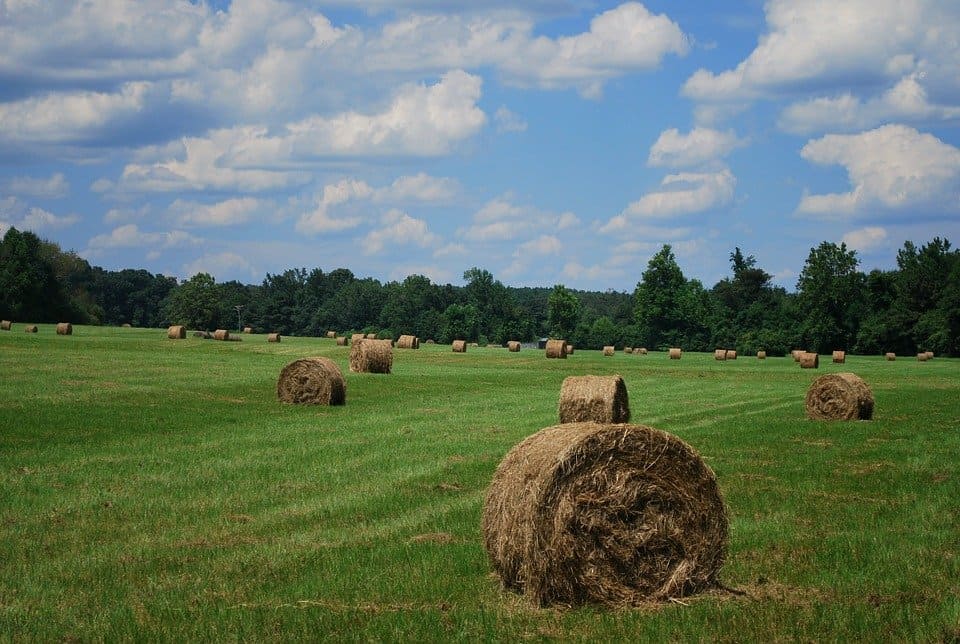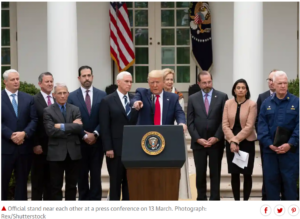Uddrag fra Rabobank-analyse – læs den i fuld længde her
- Agricultural soils have substantial potential to act as a global carbon sink. Carbon sequestration in agricultural soils can be an important contributor to global climate change mitigation and goes hand in hand with other important ecological, social, and economic benefits.
- Most agricultural soils that have been degraded by intensive modern agricultural systems can increase soil organic carbon (SOC) levels by changing practices. However, the farming sector is diverse, and the actual level of sequestration depends on many factors, among them the farming system (including management practices), the duration of the practices, the soil type, the climatic conditions and the farmer’s level of knowledge.
- Despite scientific consensus on its potential and multiple benefits, agricultural practices that stimulate soil carbon storage and sequestration for climate mitigation remain limited in practice.
- Enhanced soil health has an immediate impact and value for farmers, landowners, financial institutions and society. It can be considered a collateral benefit of sequestering more carbon. Regenerative farming practices usually result in better soil health (and higher SOC sequestration and storage) and fewer emissions. But these practice changes require investment and it’s currently uncertain who should pay (farmer, trader, consumer, banks or government). Voluntary carbon credit payments are one way to provide such finance. The practice of using voluntary carbon credits (VCCs) for offsetting is not without debate, however we believe that VCCs can create a win-win situation for agriculture and for those sectors (including agriculture itself) that cannot easily reduce emissions in the short-term but are committed to become net-zero.
- There is currently no centralized system for trading VCCs and the market still represents less than 1% of the global compliance market for credits traded under official emissions trading schemes. However, VCCs related to Agriculture, Forestry, and Other Land Use (AFOLU) have recently gained popularity.
- We expect a rapid rise in future demand for offset credits. This means supply will need to be ramped-up, providing scope for the inclusion of more nature-based credits (including those related to soil carbon sequestration) and a shift from the existing individual or ‘bundled’ projects to more jurisdictional/regional or commodity-wide solutions.
- Due to the large heterogeneity of carbon credits, and in particular AFOLU credits with co-benefits, volumes are too small to generate reliable, robust price signals. Greater credit price transparency and the development of contracts with more standardized terms or the creation of benchmark ‘reference’ contracts would consolidate trading activity around a few types of credits and promote market liquidity.
- We believe that rising VCC prices will provide incentives to address fundamental obstacles, while technological innovation to reduce Measurement, Reporting and Verification (MRV) cost will lower practical barriers to scaling soil carbon credits.
- Several important regulatory changes are anticipated to capture the full potential of VCCs in agriculture. As long as several sectors (including agriculture and forestry) are not included in emissions compliance or carbon pricing regimes, these emissions will be addressed by voluntary carbon offset standards. For now, banks can provide supply-side and demand-side solutions. On the supply side, banks can support farmers and land operators through knowledge sharing, technical assistance, financial incentives for more sustainable farm practices (e.g. regenerative agriculture), quality guarantees for carbon offset credits, provision of a market platform and registry, and finance. On the demand side, banks can link companies that want to offset or compensate residual emmissions[1].




